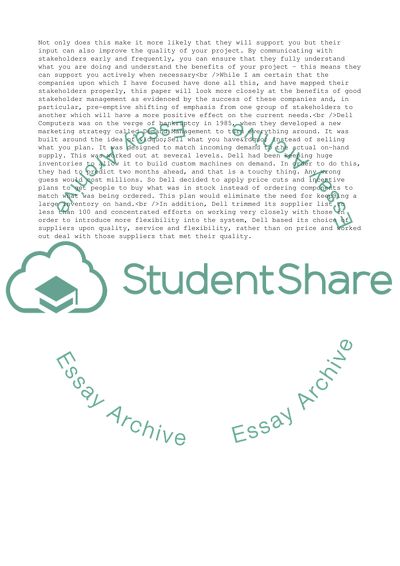Cite this document
(Cultivating Stakeholders to Fit the Need Works Assignment - 1, n.d.)
Cultivating Stakeholders to Fit the Need Works Assignment - 1. https://studentshare.org/business/1703569-business-strategy
Cultivating Stakeholders to Fit the Need Works Assignment - 1. https://studentshare.org/business/1703569-business-strategy
(Cultivating Stakeholders to Fit the Need Works Assignment - 1)
Cultivating Stakeholders to Fit the Need Works Assignment - 1. https://studentshare.org/business/1703569-business-strategy.
Cultivating Stakeholders to Fit the Need Works Assignment - 1. https://studentshare.org/business/1703569-business-strategy.
“Cultivating Stakeholders to Fit the Need Works Assignment - 1”. https://studentshare.org/business/1703569-business-strategy.


